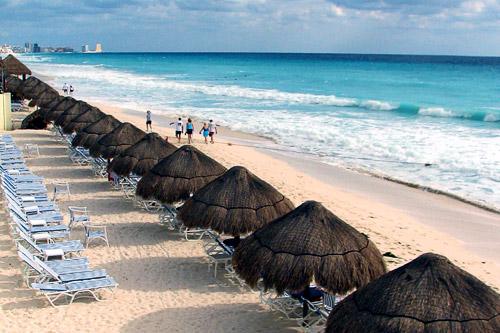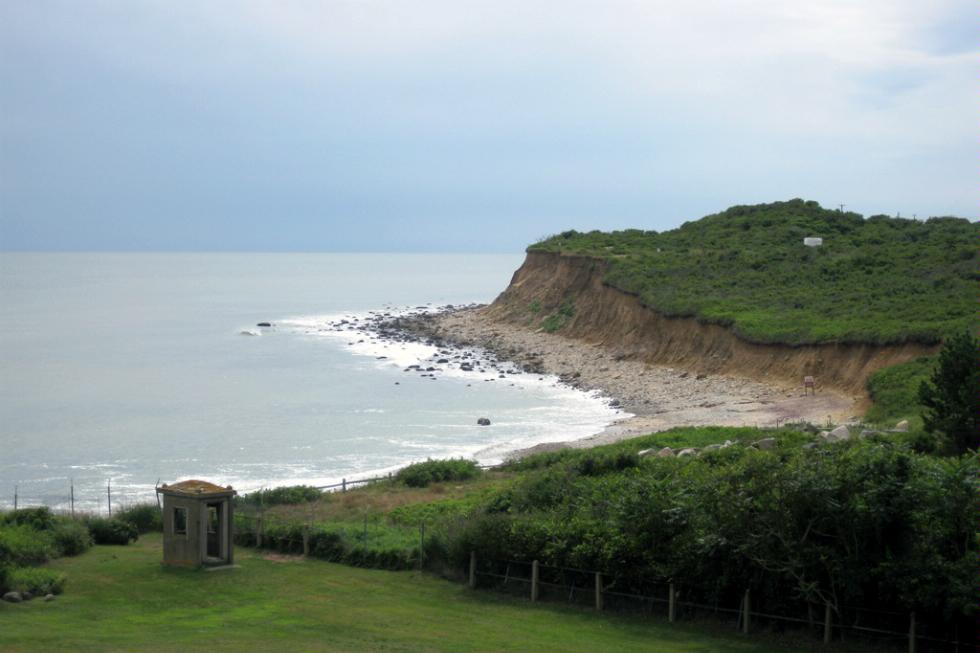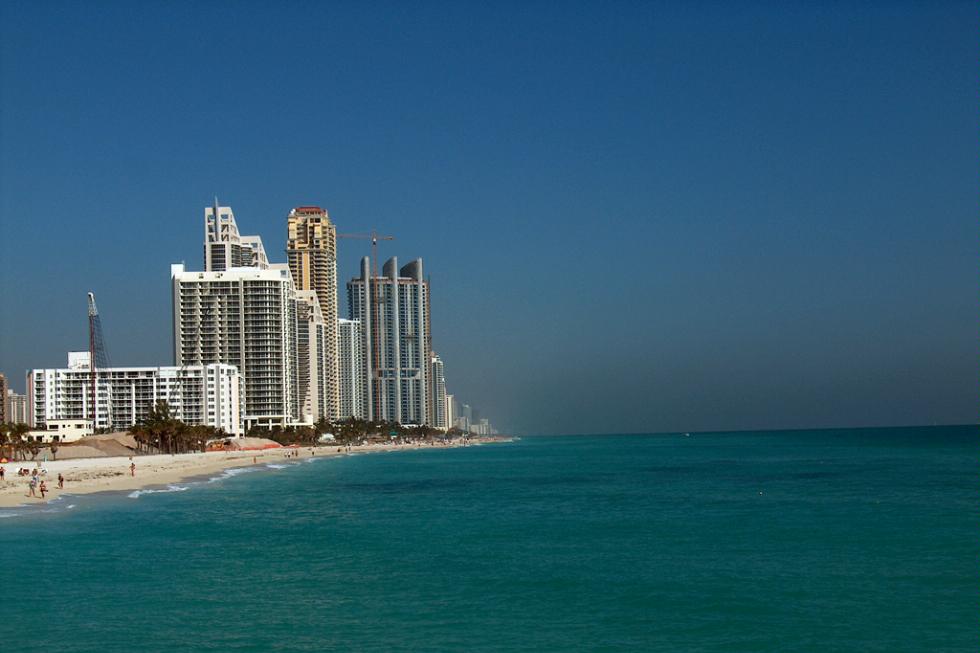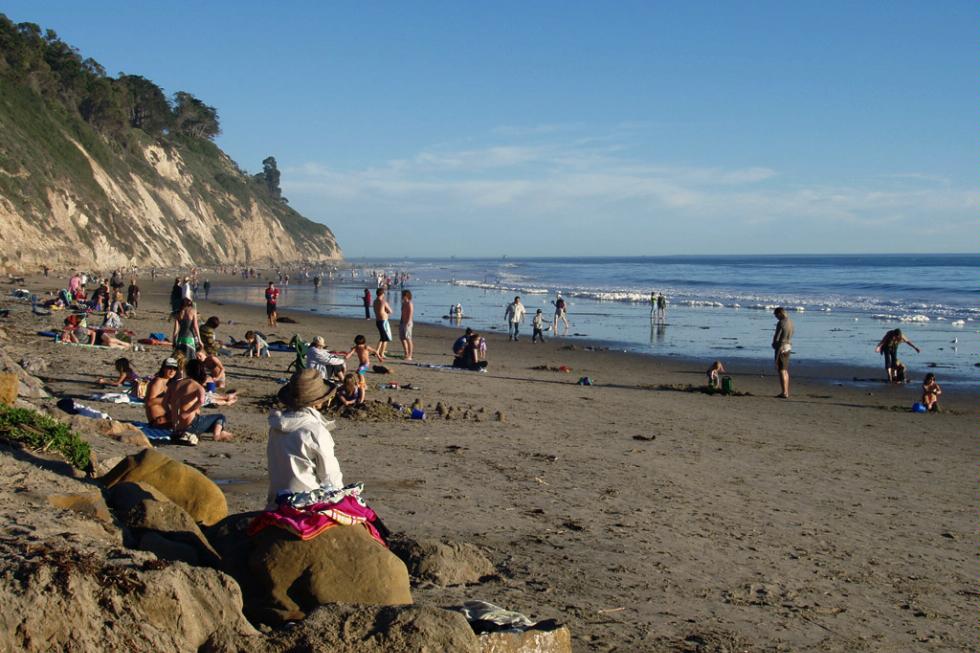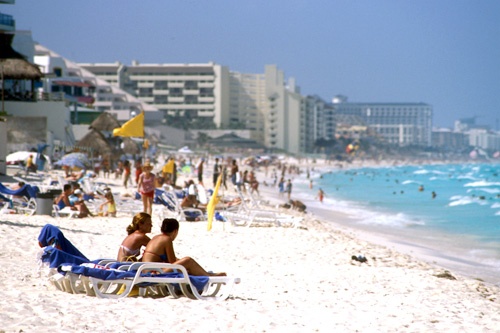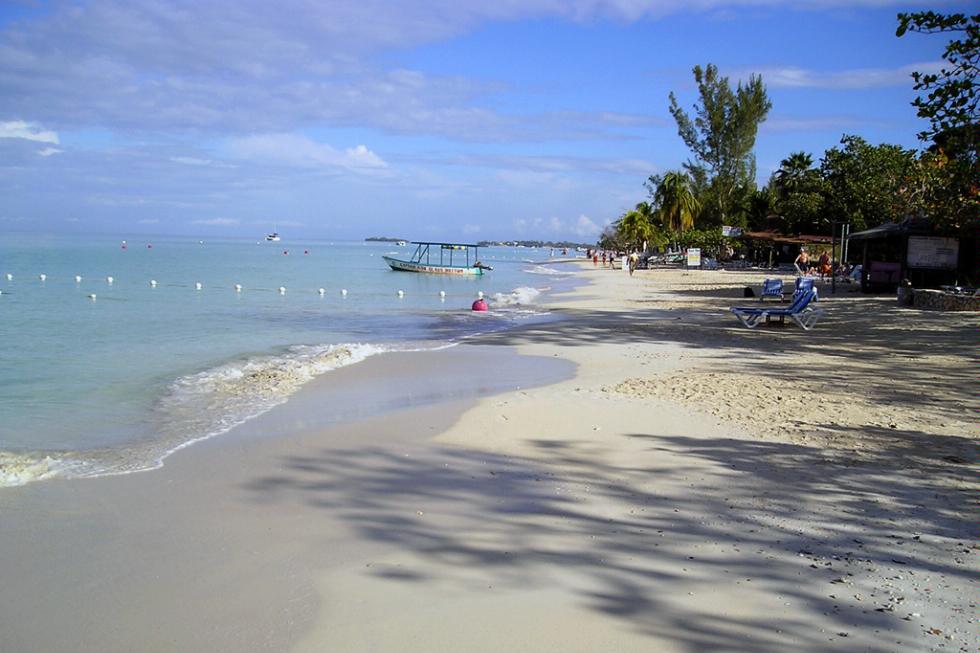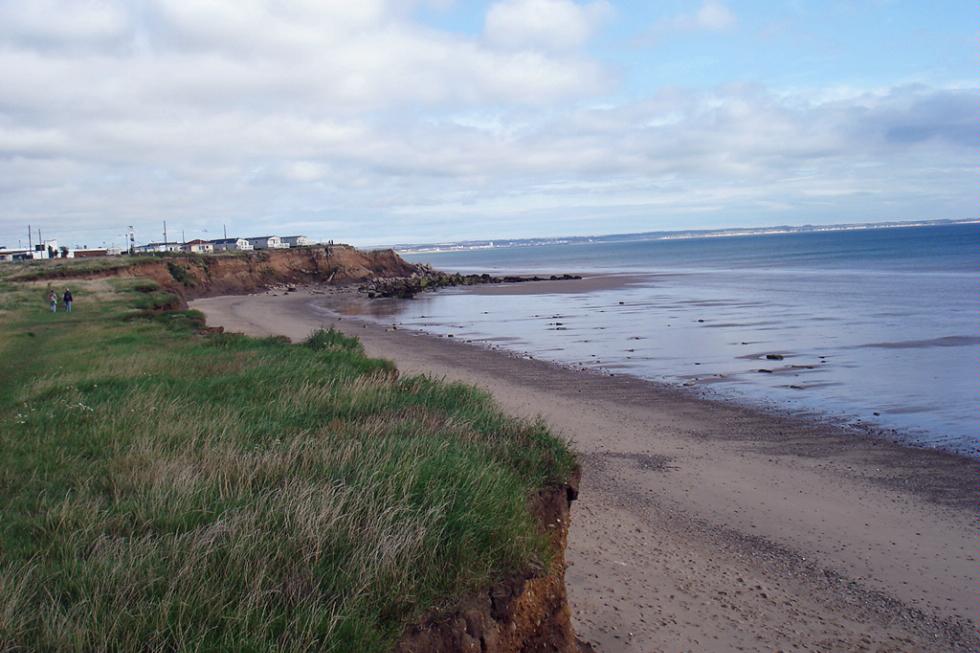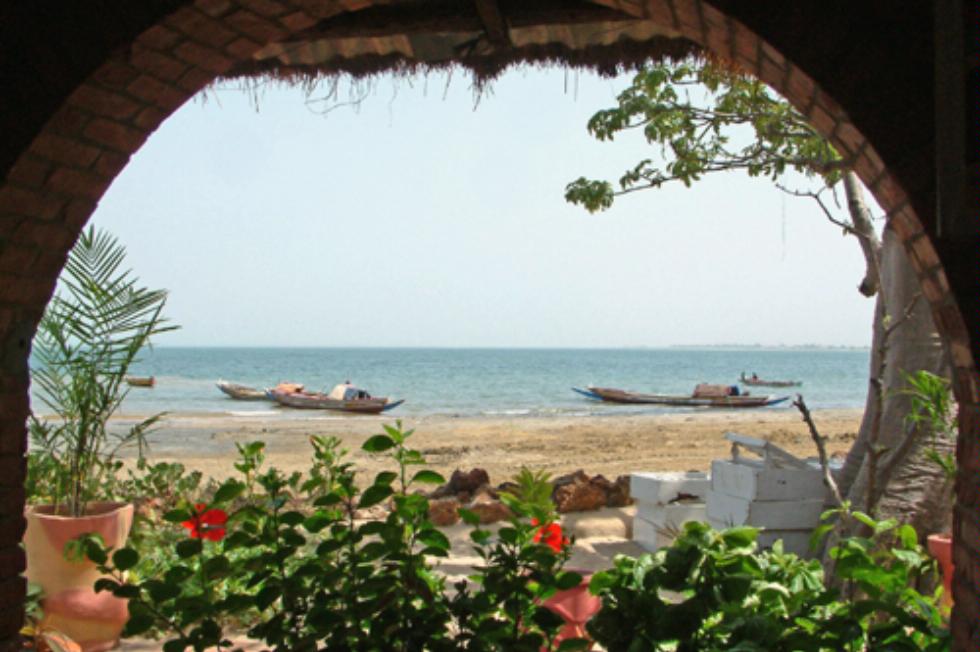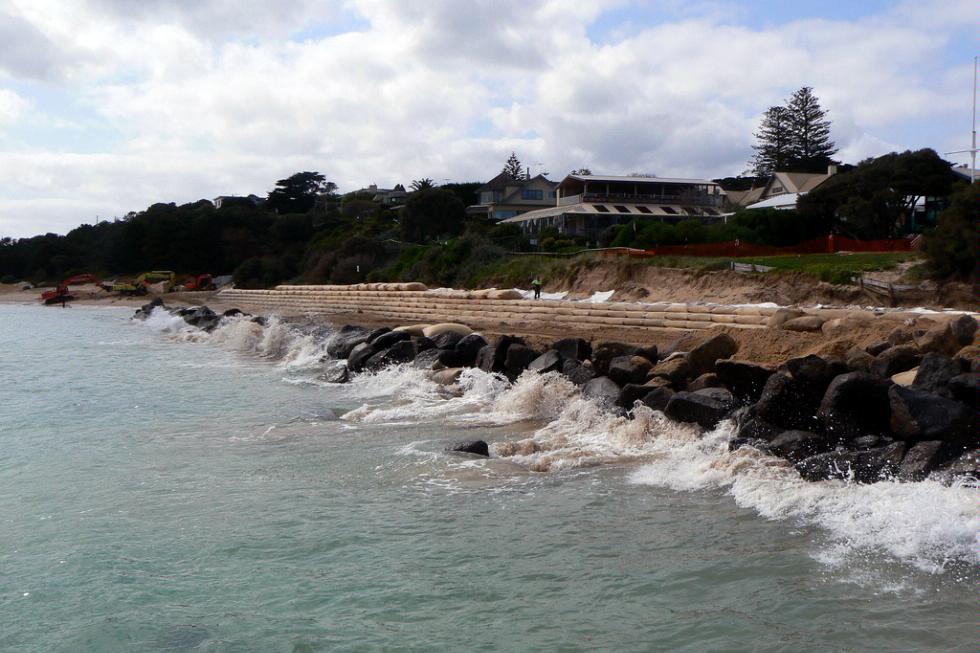Beaches in Danger: 10 Disappearing Shorelines
By
Shore Loss
When seas rise, it's inevitable -- beaches disappear. Even setting climate change aside, scientists predict a 10- to 12-inch (25-30cm) rise in ocean levels by the end of this century, and for each inch the ocean rises, a beach gets on average 3¼ feet (1m) narrower. Add human interference with natural beach topography -- channel dredging, sand replacement, seawalls, jetties -- and it's a recipe for disaster.
Here are 10 notable beaches in need of saving.
Photo Caption: The beach in Cancun. Photo by Mr. Fred/Frommers.com Community
Photo Caption: The beach in Cancun. Photo by Mr. Fred/Frommers.com Community
Montauk, New York
Jetties built 20 years ago to protect the beaches of posh East Hampton have prevented natural sand migration along this Atlantic coast summer resort -- leaving beachfront homes in neighboring Montauk virtually beachless, and vulnerable to the crashing waves of winter storms. Dwindling dunes from Sagaponack to Westhampton suggest the problem is widespread.
More Info: www.hamptonsweb.com/beaches
Photo Caption: Montauk Cliff, Long Island.
More Info: www.hamptonsweb.com/beaches
Photo Caption: Montauk Cliff, Long Island.
Miami Beach, Florida
Really a barrier island, Miami Beach has been pumping up its high-profile beach since 1976, spending millions of dollars to preserve the 10-mile-long (16km) strand lined with high-rise hotels. Years of building seawalls and "borrowing" sand from the sea floor have accelerated erosion, while frequent tropical storms make it impossible to keep sand in place. As the local sand supply runs out, Miami now must import sand from other countries.
More Info: www.ecomb.org
Photo Caption: Miami Beach.
More Info: www.ecomb.org
Photo Caption: Miami Beach.
Santa Barbara, California
The "American Riviera," Santa Barbara is known for its Spanish-Mediterranean architecture and well-groomed, palm-lined, white beaches. But battered by periodic El Niño events, armored with seawalls that only intensify wave action, and robbed of replenishing sediments by several upriver dams, Santa Barbara's beaches are in trouble. Goleta Beach Park has been severely reduced, and in a domino effect, Arroyo Burro Beach is following suit.
More Info: www.santabarbaraca.gov
Photo Caption: The beach at Santa Barbara, California.
More Info: www.santabarbaraca.gov
Photo Caption: The beach at Santa Barbara, California.
Waikiki Beach, Oahu, Hawaii
With seas rising all around Hawaii, beach erosion presents a challenge, especially along Honolulu's densely built-up Waikiki beach. A sensitive $2.5-million project in 2010 aimed to replenish the eroding sands of borrowed sand from offshore shoals, leaving the local sand volume unchanged and matching new sand to old. It remains to be seen whether this scheme will succeed where 2006's beach nourishment failed.
More Info: www.gohawaii.com/oahu
Photo Caption: Waikiki beach. Photo from jlcrunkleton/Frommers.com Community.
More Info: www.gohawaii.com/oahu
Photo Caption: Waikiki beach. Photo from jlcrunkleton/Frommers.com Community.
Cancun, Mexico
Repeatedly hit by Category 4 and 5 hurricanes over the past decade, this heavily developed resort coast has spent millions to pump sand from the sea bottom to re-create its white-sand beaches. Damage to underwater life and coral reefs aside, this fine sand has proven to erode even more quickly, as tall beachfront hotels funnel winds that used to dissipate over sand dunes.
More Info: www.cancun.travel
Photo Caption: Busy beach in Cancun.
More Info: www.cancun.travel
Photo Caption: Busy beach in Cancun.
Negril, Jamaica
Starting in the 1970s, a wave of resort building along Negril's beautiful Seven-Mile Beach capitalized on its glorious sand. But degraded offshore coral reefs, dredged seagrass beds, and drained wetlands left the existing sand vulnerable to wave erosion. Tropical storms periodically pummel this flat, low-lying area, and every year, natural processes have a harder time replenishing the steadily eroding beach.
More Info: www.negril.com
Photo Caption: Negril, Jamaica.
More Info: www.negril.com
Photo Caption: Negril, Jamaica.
The Holderness Coast, Northeast England
The fastest-eroding coastline in Europe is this 62km (39-mile) stretch north of the Humber Estuary, where soft clay cliffs are battered by powerful North Sea waves. Beaches at the foot of those low crumbling cliffs lose nearly 2m (6½ ft.) per year. Groynes and other man-made revetments protect the holiday sands at resort towns like Hornsea and Mappleton, but steal sand from other areas.
More Info: www.yorkshire.com
Photo Caption: From clifftop path, looking back towards Barmston Caravan Park along the Holderness Coast, Northeast England.
More Info: www.yorkshire.com
Photo Caption: From clifftop path, looking back towards Barmston Caravan Park along the Holderness Coast, Northeast England.
Kololi Beach, The Gambia
Mainland Africa's smallest country has only 50 miles (80km) of Atlantic shoreline, but with its economy dependent on beach resort tourism, severe coastal erosion is a grave concern. A $20-million sand replacement widened popular Kololi Beach to 100m (328 ft.), but in 2 years it had already shrunk back to 26m (85 ft.). Rising sea levels could flood the nearby capital, Banjul.
More Info: www.visitthegambia.gm
Photo Caption: Restaurant with a view of the water at Kololi Beach, the Gambia.
More Info: www.visitthegambia.gm
Photo Caption: Restaurant with a view of the water at Kololi Beach, the Gambia.
Pattaya Beach, Thailand
In 1952, quiet Pattaya Beach was 36m (118 ft.) wide; after a resort boom since the mid-1990s, it may be down to its last 4 or 5m (13-16 ft.). Changing wave patterns in the Gulf of Thailand no longer deposit enough sand to replenish normal tidal erosion, but the problem is exacerbated by crowds of sunbathers and jet-skiers. Beachfront businesses, crowded onto an ever-narrowing strip of sand, pile sandbags to protect their property.
More Info: www.pattayatourism.com
Photo Caption: Sunset at the beach in Pattaya, Thailand.
More Info: www.pattayatourism.com
Photo Caption: Sunset at the beach in Pattaya, Thailand.
Portsea Beach, Australia
In just a few months, as much as 15m (49 feet) was swept away from this iconic Mornington Peninsula beach, popular with scuba divers and affluent Melbourne weekenders. Locals blame the 2009 dredging of the channel into Port Phillip Bay, designed to improve shipping for the Port of Melbourne. Sandbags and piled boulders occupy the last narrow strip of beach, waiting for sands that may never return.
More Info: www.visitmorningtonpeninsula.org
Photo Caption: Trying to stop the beach from eroding any further in Portsea, Australia. (Pictured: The Portsea Hotel)
More Info: www.visitmorningtonpeninsula.org
Photo Caption: Trying to stop the beach from eroding any further in Portsea, Australia. (Pictured: The Portsea Hotel)





